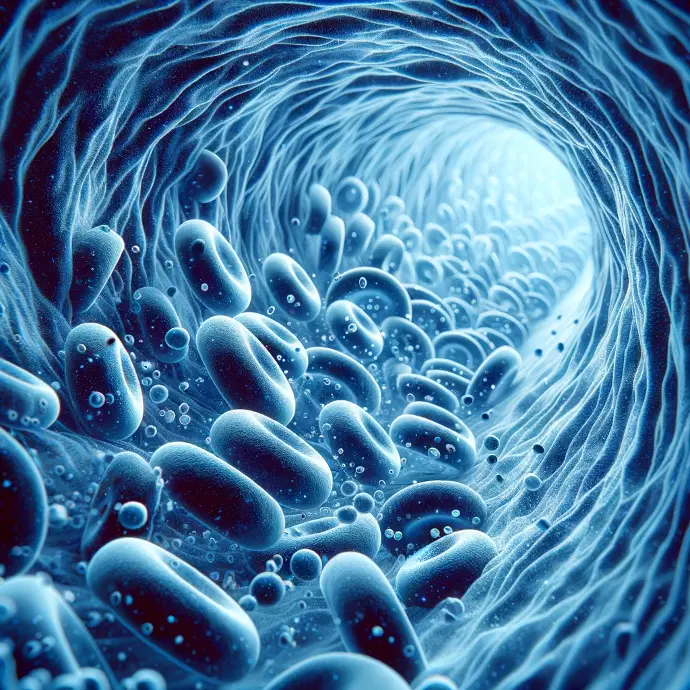Intravenous route
Ozone, a molecule made up of three oxygen atoms, is characterised by its highly unstable and reactive nature. Since the early 20th century, it has been exploited for its remarkable bactericidal and disinfectant properties, marking a medical history punctuated by fluctuating periods.
Today, ozone is making a remarkable comeback thanks to new therapeutic applications.

High-dose ozone therapy
We offer high-dose ozone therapy, also known as "Major Autohemotherapy Ozonated". This treatment is administered systemically, meaning that the ozone is introduced into the animal's bloodstream.
Process
Autohemotherapy is an approach in which a small quantity of the animal's blood is collected. This is extracted and fed into a closed, sterile circuit connected to a machine. It is then mixed with an ozone-oxygen complex in a specific proportion. This mixture is then reinjected into the animal's circulatory system.
This method is particularly effective in stimulating the body's overall immune system by exposing the blood to ozone, which, among other things, enhances its ability to fight infection, regulate inflammatory responses and promote healing. It is also commonly used in the treatment of chronic illnesses and systemic conditions such as autoimmune diseases and generalised infections.
Systemic effects
This molecule has a broad spectrum of action, with noticeable effects on the entire metabolism. Ozone triggers a cascade of chemical reactions that have beneficial effects on the body:
1. Modulation of the immune system: Ozone acts as an immunomodulator that can activate and stimulate immune system cells, thereby strengthening the body's response to pathogens. In cases where immunity is too weak, this therapy will boost the immune system. This can be particularly beneficial in the treatment of infections and autoimmune diseases.
2. Tissue oxygenation: Ozone stimulates vasodilatation, which improves blood circulation and thus promotes better tissue oxygenation. This increase in oxygenation at cellular level stimulates the production of ATP, the cells' energy currency.
3. Inflammation Reduction: Ozone can inhibit the release of inflammatory mediators, offering relief in cases of chronic inflammation.
4. Anti-oxidant action : Although ozone can be pro-oxidant at high concentrations, at the lower levels used in ozone therapy it induces the production of antioxidant enzymes such as catalase, superoxide dismutase and glutathione peroxidase. These enzymes help to neutralise free radicals and reduce oxidative stress, thereby promoting cellular health.
5. Anti-microbial action: The antiviral, bactericidal and fungicidal properties of ozone are well known, making it an effective treatment against a variety of infections.
6. Improved circulation: Ozone contributes to blood fluidity thanks to its vasodilatory effects, which improves circulation and reduces the risk of blood clots and ischaemia.
7. Stimulation of Cellular Regeneration: High-dose ozone therapy accelerates the healing and regeneration of damaged tissue. This can be particularly important in the treatment of wounds, healing problems and degenerative conditions.
8. Reducing side effects: As a complement to conventional treatments, ozone therapy can help to reduce the undesirable side effects of certain medical treatments, offering a gentler approach that is better tolerated by some patients.